 The Architect of the Year award celebrates Studio Gang’s Arcus Center for Social Justice Leadership at Kalamazoo College, Michigan, which took a novel tri-axial form. The first building purposed for social justice, Gang’s democratic and participatory design process involved the organisation, students and public who now work from the Center.
The Architect of the Year award celebrates Studio Gang’s Arcus Center for Social Justice Leadership at Kalamazoo College, Michigan, which took a novel tri-axial form. The first building purposed for social justice, Gang’s democratic and participatory design process involved the organisation, students and public who now work from the Center.Jeanne Gang was singled out over other finalists Kazuyo Sejima (SANAA) and Tatiana Bilbao, particularly for Studio Gang's Arcus Center for Social Justice Leadership at Kalamazoo College in Michigan. Other winners of The Architectural Review's 2016 Women in Architecture Awards include Odile Decq and Julia Peyton-Jones. Watch the AR's video below showcasing Studio Gang's work:

 Architect and educator
Architect and educator 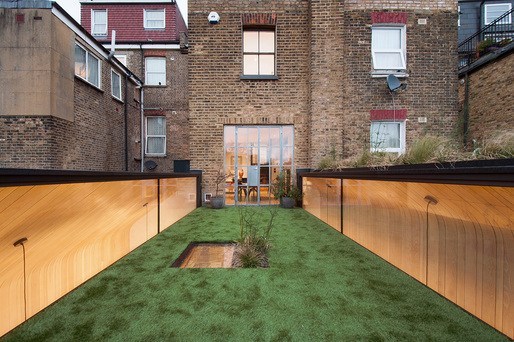 At the start of every week, we highlight some of the most recent news in competition-winning projects, commissions, awards, shortlists, and events on
At the start of every week, we highlight some of the most recent news in competition-winning projects, commissions, awards, shortlists, and events on  Get a glimpse of Amanda Levete's design for the new Museum of Art, Architecture and Technology that's opening in Lisbon this year.
Get a glimpse of Amanda Levete's design for the new Museum of Art, Architecture and Technology that's opening in Lisbon this year.
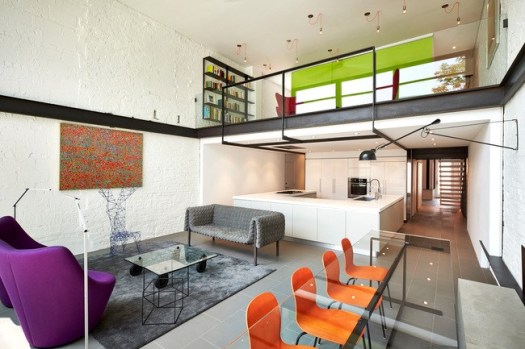 Ladies in the AEC industry were recognized once again in the 2016 Built By Women competition. For 2016, the BxW competition focused on the Washington D.C. area to seek some of the best women-led projects. An exhibition at the National Building Museum
Ladies in the AEC industry were recognized once again in the 2016 Built By Women competition. For 2016, the BxW competition focused on the Washington D.C. area to seek some of the best women-led projects. An exhibition at the National Building Museum  As cranes have grown in height and girth, the controls to operate them have intensified in number and complexity...the crane units in use these days have libraries of intricate manuals, packed with details...some operators may not have time to fully understand or read completely. Same goes for the maintenance team. When something does go wrong with such large machines...the 'mess and carnage' gets magnified.
As cranes have grown in height and girth, the controls to operate them have intensified in number and complexity...the crane units in use these days have libraries of intricate manuals, packed with details...some operators may not have time to fully understand or read completely. Same goes for the maintenance team. When something does go wrong with such large machines...the 'mess and carnage' gets magnified. In the 21st century, the couch is so ubiquitous as to be virtually invisible. We find them in commercial waiting rooms, in private homes, as infested harbingers of urban decay on street corners. They populate television talk shows and form a shorthand for psychiatric evaluation. But how has this piece of furniture, which has only been around for about 330 years, become the seat of our culture?
In the 21st century, the couch is so ubiquitous as to be virtually invisible. We find them in commercial waiting rooms, in private homes, as infested harbingers of urban decay on street corners. They populate television talk shows and form a shorthand for psychiatric evaluation. But how has this piece of furniture, which has only been around for about 330 years, become the seat of our culture?  This got us thinking about what it takes to build an ideal town: should pubs be on every residential corner or on the high street? How many trendy coffee shops are too many? Are libraries still a thing? We didn't have the answers to any of those questions, so we spoke to Matt Richards – a planner at property consultancy Bidwells – to find out what makes the perfect town.
This got us thinking about what it takes to build an ideal town: should pubs be on every residential corner or on the high street? How many trendy coffee shops are too many? Are libraries still a thing? We didn't have the answers to any of those questions, so we spoke to Matt Richards – a planner at property consultancy Bidwells – to find out what makes the perfect town.
 Industry data show that, while improving, women and people of color are underrepresented in the field of architecture. [...]
While there is agreement on the perceived underrepresentation of people of color in the industry, recognition of the underrepresentation of women is not as definitive.
Industry data show that, while improving, women and people of color are underrepresented in the field of architecture. [...]
While there is agreement on the perceived underrepresentation of people of color in the industry, recognition of the underrepresentation of women is not as definitive. Focus, definition: a central point, as of attraction, attention or activity; a point at which rays of light, heat, or other radiation meet after being refracted or reflected; the clear and sharply defined condition of an image; the position of a viewed object or the adjustment of an optical device necessary to produce a clear image /
Focus, definition: a central point, as of attraction, attention or activity; a point at which rays of light, heat, or other radiation meet after being refracted or reflected; the clear and sharply defined condition of an image; the position of a viewed object or the adjustment of an optical device necessary to produce a clear image /  This post is brought to you by
This post is brought to you by  ↑ Darice Cadriel, M. Arch., Blurring Boundaries: An Eliot School Annex
Integrating practice with academic study is a core value of the Boston Architectural College's approach to design learning. Our longstanding partnerships with design firms have helped students offset tuition costs and shaped their careers. The Practice Department helps synthesize design education and applied learning through curricular coursework, community engagement, rigorous evaluation of concurrent student employment, and professional development. Through the experience of practice, students work collaboratively to e...
↑ Darice Cadriel, M. Arch., Blurring Boundaries: An Eliot School Annex
Integrating practice with academic study is a core value of the Boston Architectural College's approach to design learning. Our longstanding partnerships with design firms have helped students offset tuition costs and shaped their careers. The Practice Department helps synthesize design education and applied learning through curricular coursework, community engagement, rigorous evaluation of concurrent student employment, and professional development. Through the experience of practice, students work collaboratively to e...  Tokyo Wonder Site's Hongo Location exhibited work conducted by the University of Tokyo Sustainable Prototyping Lab. For the past five years, students have looked at how existing material and social flows within the city can be harnessed and rerouted to create sustainable architectures within the city. Much of the focus has been on how to couple new digital and fabrication techniques with the inherent material properties of waste products that the city produces in order to create new architectural and social conditions.
Tokyo Wonder Site's Hongo Location exhibited work conducted by the University of Tokyo Sustainable Prototyping Lab. For the past five years, students have looked at how existing material and social flows within the city can be harnessed and rerouted to create sustainable architectures within the city. Much of the focus has been on how to couple new digital and fabrication techniques with the inherent material properties of waste products that the city produces in order to create new architectural and social conditions.  When production begins, SolarCity, already the leading installer of residential solar panels in the [U.S.] will become a vertically integrated manufacturer and provider...At a time when conventional silicon-based solar panels from China have never been cheaper, investing in a new type of solar technology is a risky undertaking. However, the potential benefits are huge. The new factory...could transform both SolarCity’s business...and the economics of residential solar power.
When production begins, SolarCity, already the leading installer of residential solar panels in the [U.S.] will become a vertically integrated manufacturer and provider...At a time when conventional silicon-based solar panels from China have never been cheaper, investing in a new type of solar technology is a risky undertaking. However, the potential benefits are huge. The new factory...could transform both SolarCity’s business...and the economics of residential solar power.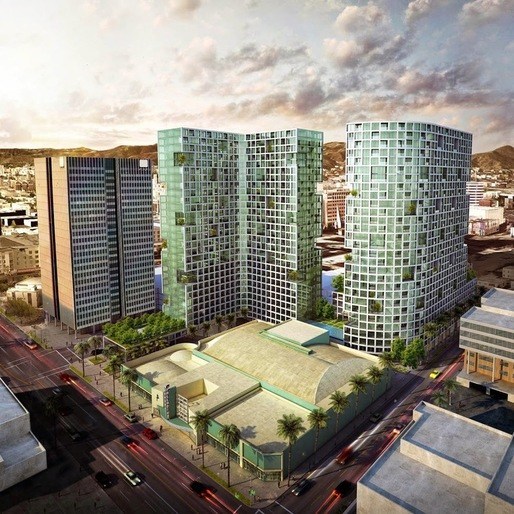 Since I think there are a lot of folks out there who genuinely haven't made up their minds about the initiative, or aren’t familiar with it yet, I'd like to summarize some of the most important reasons to oppose it when it comes time to vote this November. -
Since I think there are a lot of folks out there who genuinely haven't made up their minds about the initiative, or aren’t familiar with it yet, I'd like to summarize some of the most important reasons to oppose it when it comes time to vote this November. - In case you haven't checked out
In case you haven't checked out 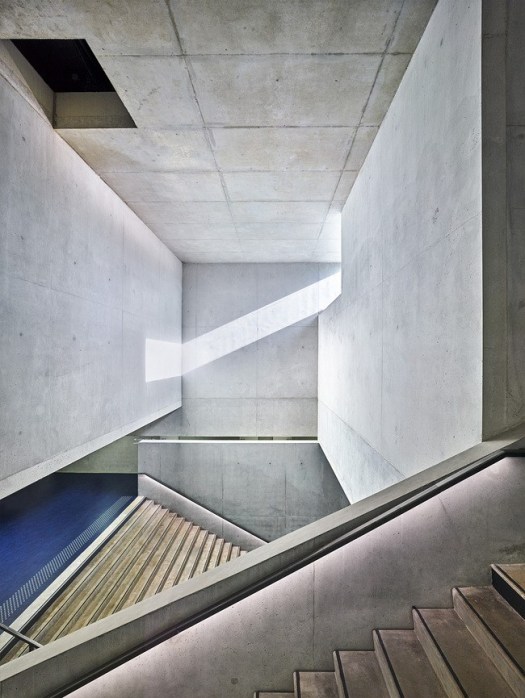 ↑
↑ 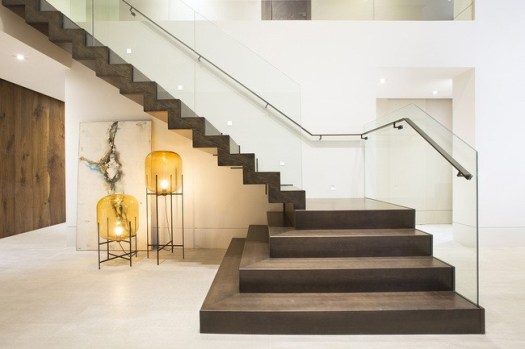 ↑
↑ 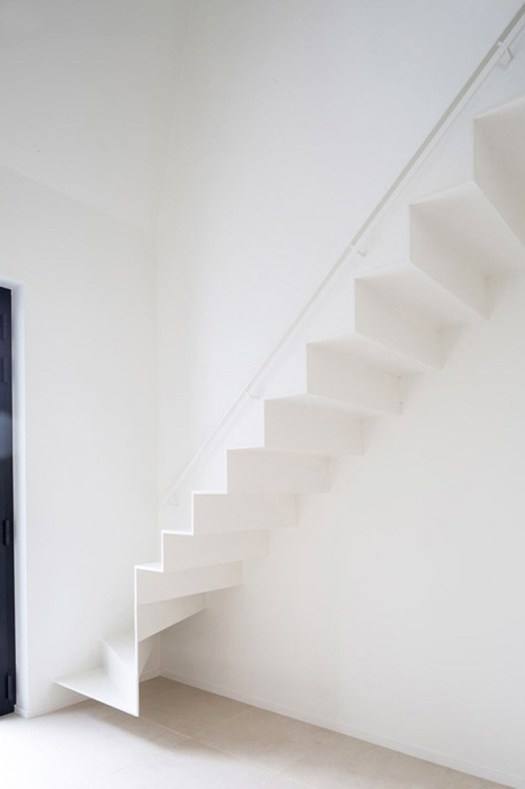 ↑
↑ 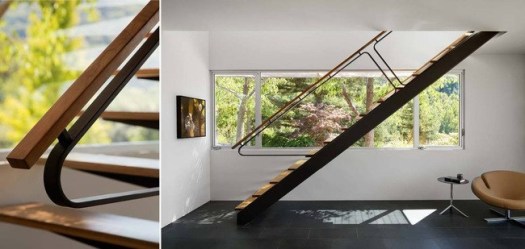 ↑
↑  ↑
↑  ↑
↑ 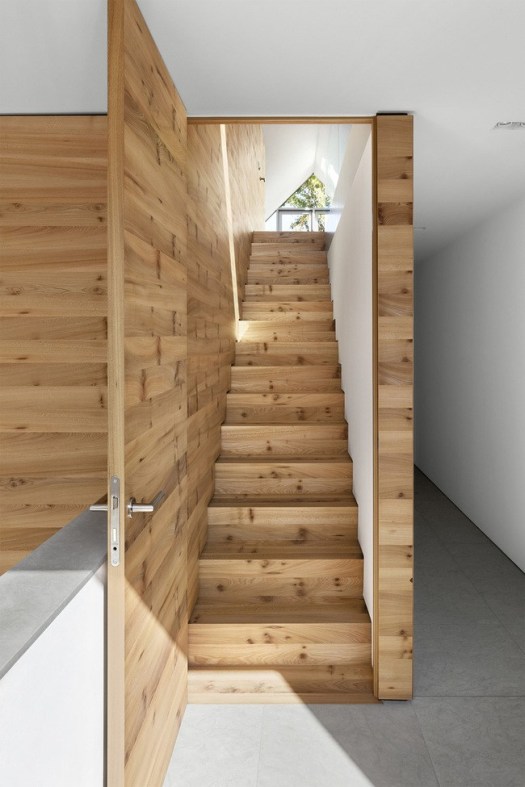 ↑
↑ 
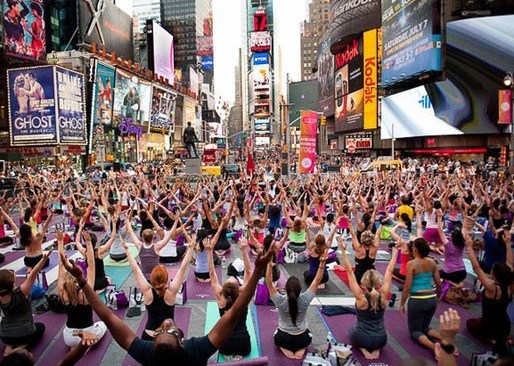 The only context in which [Times Square] is routinely praised is a historical one, and then usually in a misguided glorification of its former grittiness. Nostalgia clouds the ugliness of the past and conceals the vibrancy of the present, but perhaps worst of all, it offers a pass for looking at Times Square as it really is and as it should be. [...]
if you’re trying to fight your way through the crowds of Times Square, you’re missing the point—the point is the crowd.
The only context in which [Times Square] is routinely praised is a historical one, and then usually in a misguided glorification of its former grittiness. Nostalgia clouds the ugliness of the past and conceals the vibrancy of the present, but perhaps worst of all, it offers a pass for looking at Times Square as it really is and as it should be. [...]
if you’re trying to fight your way through the crowds of Times Square, you’re missing the point—the point is the crowd.

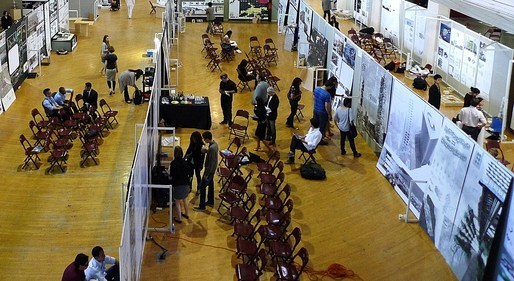 I desperately tell myself as I hear students anxiously comparing internship applications and grad school plans. It’s okay if at any point, now or in the future, you find that you are straying from the path of the building arts, because you’ve collected some pretty valuable tools along the way. An architecture education provides much deeper skills than just designing and presenting buildings.
I desperately tell myself as I hear students anxiously comparing internship applications and grad school plans. It’s okay if at any point, now or in the future, you find that you are straying from the path of the building arts, because you’ve collected some pretty valuable tools along the way. An architecture education provides much deeper skills than just designing and presenting buildings. This post is brought to you by
This post is brought to you by